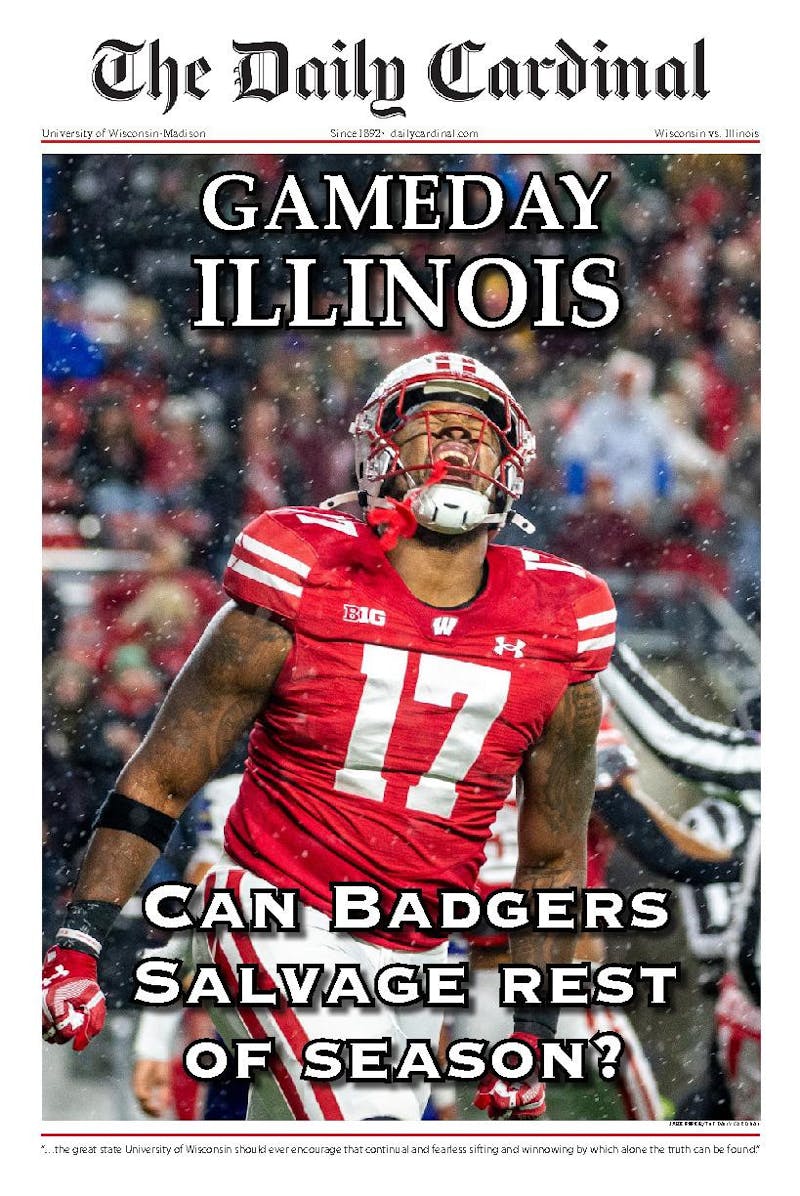The excitement of Super Bowl XLI is now behind us. In case you missed it, yesterday, the battle for all of the NFL's glory was played out by two great states of the Midwest. As millions gathered together on couches across the country to cheer on their favorite team and to watch the multi-million dollar advertisements, they also likely indulged in the traditional Super Bowl treats—a smorgasbord of buffalo wings, pizza, chips and beer. While far from our thoughts, and not nearly as entertaining, an internal battle was also raging yesterday—America's fight against high cholesterol.
The Centers for Disease Control estimates that more than 106 million Americans have high cholesterol. Although the body produces cholesterol naturally, additional cholesterol enters the body through high-fat diets. High blood cholesterol is the major risk factor for cardiovascular disease—the leading cause of death in the United States. Recently, researchers at UW-Madison made two discoveries that will likely contribute to improving our understanding of cardiovascular disease and future therapeutics.
Two protein carriers, HDL and LDL, transport cholesterol through the blood. While HDL is believed to protect against cardiovascular disease, excess LDL leads to a buildup of plaque along the walls of blood vessels in a process called atherosclerosis. These plaques cause arteries to narrow, reducing or fully obstructing blood flow. The process can eventually lead to heart attacks, stroke or other debilitating diseases.
According to James Stein, UW-Madison School of Medicine and Public Health director of preventative cardiology, it is never too early to begin to think about high cholesterol and its detrimental effects on the body.
""Atherosclerosis starts in childhood,"" said Stein by e-mail. ""In the United States, 10 to 20 percent of teenagers already have atherosclerotic plaques in their coronary (heart) arteries, and 30 to 40 percent of people in their twenties have plaques.""
For decades, researchers have chipped away at determining how LDL wreaks havoc on the blood vessels, resulting in atherosclerosis. While most scientists agree that ""misfolded,"" or distorted forms of LDL are highly toxic to vascular cells, due to their ability to embed themselves into the blood vessels, there are many theories as to how these modified LDL are formed. Now, researchers at UW-Madison have reason to believe that the movement of traffic within the blood vessel alone is enough to produce the toxic forms of LDL.
Like the experience of making your way to the exit of a crowded bus, as LDL moves through a crowded blood vessel—or aisle—it gets knocked around by shearing forces. As LDL is jostled by other molecules, it changes shape. Unlike the commuter who is able to regroup upon exiting the crowded bus, researchers believe LDL is not so lucky; its shape is forever changed into forms that contribute to atherosclerosis.
To mimic the effects of the blood flow on LDL, Brian McMillan, a UW-Madison graduate student in the School of Medicine and Public Health, used plastic tubing to create a simple model of the coronary artery and was able to produce a form of misfolded LDL.
""This is the first showing that fluid flow is capable of modifying LDL, but we don't yet know whether these findings can be directly applied to what happens inside the body,"" said McMillan.
By duplicating the distorted effect that he observed in his blood vessel model, McMillan sheared LDL and made another discovery. The presence of distorted LDL led AHR, a protein known for its roles in the toxicity of cigarette smoke, dioxins and PCB, to become activated.
AHR is no stranger to scientists. For decades, researchers have studied AHR's ability to police the streets of the body—protecting against harmful environmental contaminants—by signaling for their chemical destruction. Although UW-Madison researchers are not certain of why AHR activity is increased by shear stress and distorted LDL, the findings suggest AHR serves more than just an adaptive response to environmental chemicals.
""Scientists have often thought of AHR as a ‘bad actor,'"" said Chris Bradfield, UW-Madison professor of oncology. ""Our findings suggest that the AHR pathway might be there for a reason.""
By identifying the relationship between AHR and LDL, researchers hope to expand upon current drug treatments, which might reduce the production of misshaped LDL within the body, or signal for the quick removal of this LDL from the system.
""The scientific community already knows hundreds of compounds that activate or block the AHR,"" said McMillan. ""If we can fully understand AHR's relationship to LDL and vascular biology, it may be very beneficial to target this pathway via pharmaceuticals.""
While the UW-Madison study provides new details about a previously unidentified contributor to modified LDL and the potential for new therapeutic options, the ultimate protection from cardiovascular disease comes from eating responsibly.
""Be careful about too much fast food, which tend to have a lot of trans fats,"" said Alex Adams, UW-Madison assistant professor of family medicine. Saturated fats, which are commonly found in meat products, should be avoided as well. Adams suggests substituting olive and canola oils when cutting out trans and saturated fats.
""Cardiovascular disease is not a grandparent's disease,"" said Adams. ""[Students] should actually be thinking about it now.""
Today, there are undoubtedly broken hearts over the results of yesterday's game. And, across the country, the residual effects of the Super Bowl feast are being felt in the forms of hangovers, heartburn and stomachaches. Silently, millions are also experiencing the passage of cholesterol through their blood vessels.





